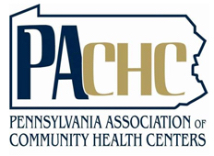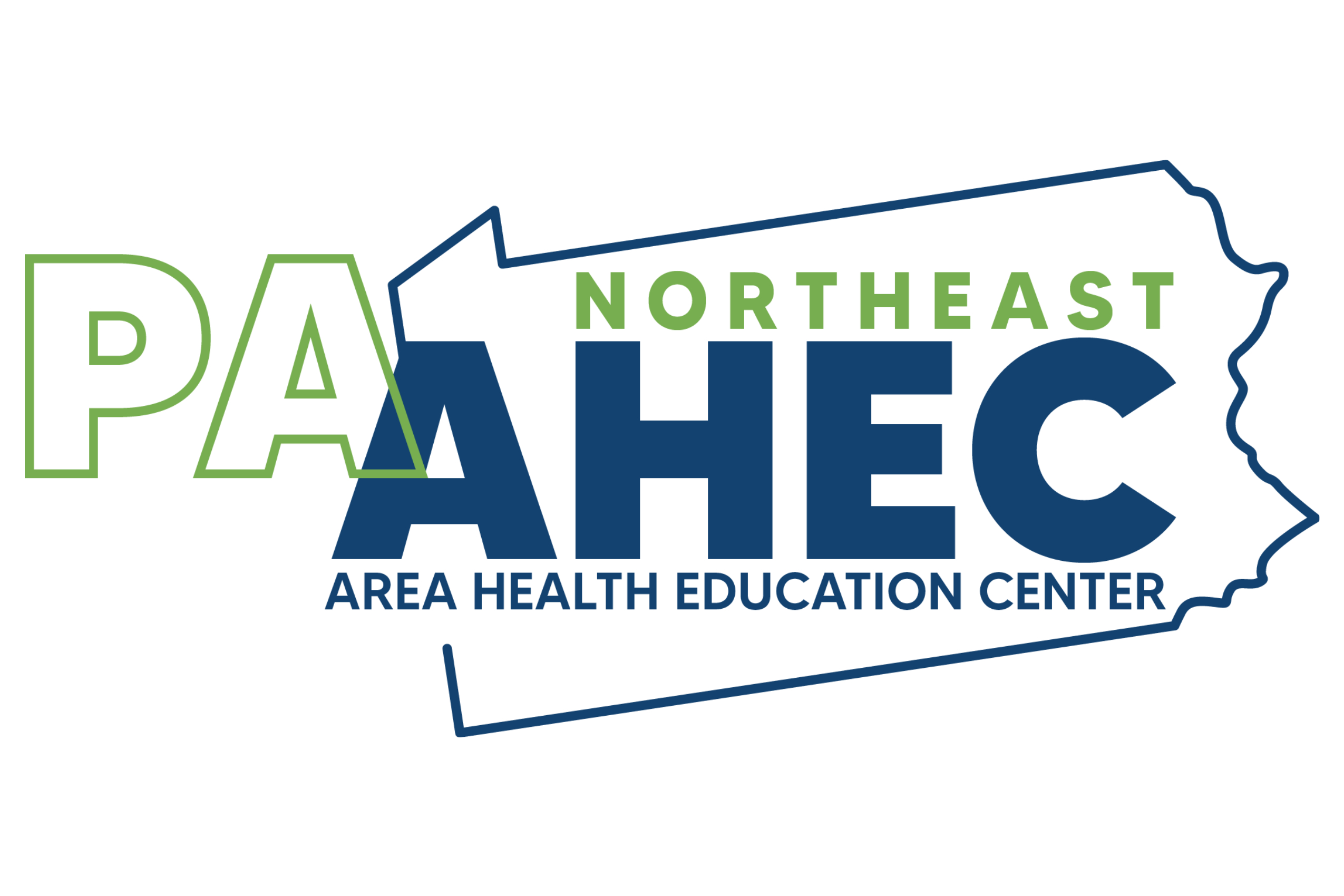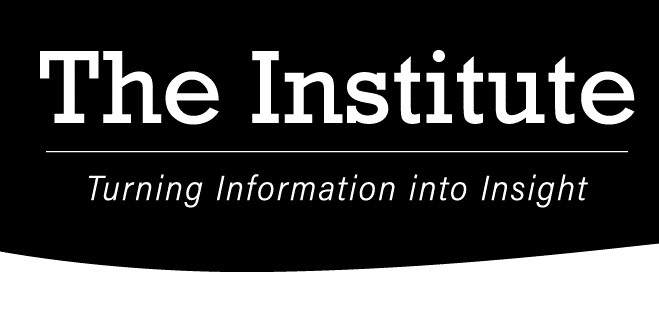Safety as a ‘primary value’

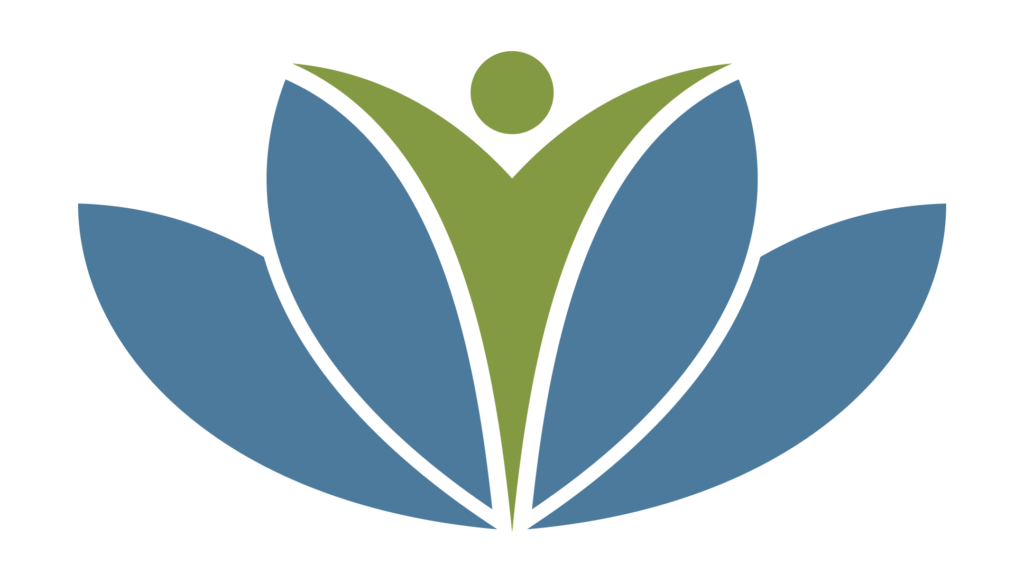
Safety as a ‘primary value’
New week, new challenges, and new opportunities. That last one can be easy to lose sight of if we are feeling tired, frustrated, in a rut, and so on. Maybe it will help to keep in mind as best we can that sometimes opportunities are small and simple like a moment to remember loved ones or take a second to rest in a nice deep breath.
Now you can delete this email, but if you want to know a little more about the S.E.L.F. framework of the Sanctuary Model, keep reading.
The Sanctuary Model is based on four pillars: Trauma Theory, the S.E.L.F. framework, the Seven Commitments, and the Sanctuary Toolbox. The S.E.L.F. framework “model organizes the way in which we think about individuals, organizations, and treatment. It provides us with a shared language, a framework for treatment, and an important problem-solving tool.” The acronym stands for Safety, Emotional Management, Loss, and Future. We will explain them over the next few weeks; for today, the focus is on Safety.
Safety is multi-dimensional. In order to be truly safe at work, we must all feel that there is “physical, psychological, social, and moral safety for all members of the community” and that this safety is “a primary value for the organization.”
A lot has been written recently in health care industry trade publications and academic journals about the lack of safety, but it was lacking even before 2020. There is a pervasive urgency in health care that doesn’t exist in really any other sector -aside from the military. This is why medical and health professions co-opt militaristic language, such as calling a short, intensive learning situation a “boot camp.” This is harmful for many serious reasons, not the least of which is that a boot camp readies a fighting force, instilling rank-and-file thinking and rote order taking as the primary driver of behavior, all to be prepared for a war against an enemy. Who in health care is the enemy? Is rote order taking what we want from health care professionals? As a patient, I find this troubling.
All of that underscores what those in medical and health professions education and administration have known for decades – we do not train clinicians for safety, collegiality, nonviolent conflict resolution, and transparency. We train them for war. Therefore, we shouldn’t be surprised that health care systems are, by and large, unsafe spaces for humans – patients and employees alike.
Well … that’s a bummer, huh? Perhaps, but it is just as true that it is very, very fixable because so many people in health care hold helping others as a core value.
How do we even begin to fix this?
There are a lot of things we can do at many levels. The Sanctuary Model is a systems approach, meaning it recognizes that any given interaction happens in a system that itself is having interactions. In other words, nothing happens in a vacuum. An organization needs employee assistance programs, confidentiality policies, grievance protocols, and means for action plans (all stuff that TWC does already have!) but it also needs its members to truly be conscious and conscientious about interpersonal dynamics, because in a system feedback is multidirectional. An organization might have all the right documents, policies, and benefits, but if its people are afraid to use them, fearful of one another, exhausted and frustrated, and aware of how that impacts their ability to interact, the documents, policies, and benefits just gather dust.
How do we help ourselves to be more aware, less fearful, and all of that? There are lots of places to start, but the key is to start. Recognize that being exhausted isn’t a badge of honor, and being easily irritated means something is going on inside of us. Understand that emotional intelligence is an internal, personal activity. When someone else is angry, frustrated, sad, or otherwise dysregulated, our practiced emotional intelligence and personal awareness help us to not internalize anything other people are doing. Realize that we can get things done, and be productive and helpful, without getting all worked up and anxious. Inventory our actions and reactions, and seek help as needed.
Taking personal inventory and making changes in the face of triggers takes time and energy. The good news is that we are going to be working on this for several years, so there is time. The energy part, well, that is up to each of us. There will be training sessions and events meant to support the energy needed for this sort of holistic development, but if someone isn’t truly ready, none of that will matter. The hope is that enough people will be ready enough during the next several years that we will reach the critical mass needed for cultural progress. Iam optimistic because I know so many people in health care who, while they are traumatized and triggered every day, operate from a sense of community and helpfulness. Theirlight may be dimmed, but it hasn’t been extinguished.
Here’s to our collective brightness. May we shine.
Quick Tip
If you are one of the many, many people who feel constantly exhausted, anxious, irritable, and maybe suffer from tension headaches and the like, here is a really brief exercise that may help. Sitting up straight and comfortably, or standing, turn your head as far as you can to the right. Notice any pain, tension, and/or stiffness, then gently turn your head all the way to the left, and notice any issues on that side, too. Then, with your head facing forward, clasp your hands behind your head and, keeping your head facing forward, look as far as you can to the right. Keep your eyes there until you feel a deep sigh or yawn. Could be a few seconds to a minute or so. Then do the same, moving your eyes all the way to the left while keeping your head facing forward, and keep your eyes left for a few seconds to a minute or so, until a sigh or yawn happens. Then relax your arms down to your sides and try turning your head to the right again. You may notice it turns a bit farther this time. Same to the left. If this helps you, do it as often as you need to for small moments of relief throughout your day.
Thank you,
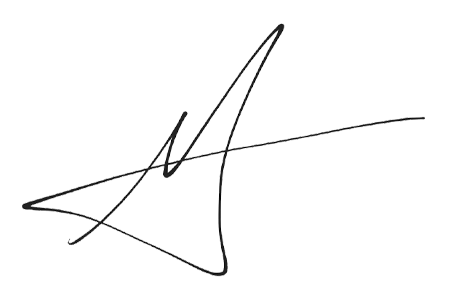
Meaghan P. Ruddy, Ph.D.
Senior Vice President
Academic Affairs, Enterprise Assessment and Advancement,
and Chief Research and Development Officer
The Wright Center for Graduate Medical Education



